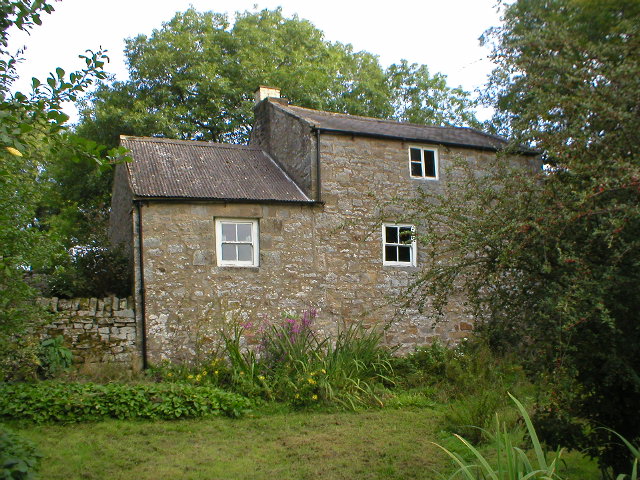a medieval bestiary.
I got up close and personal with a stray Pelican in St James Park.
I was walking across the Horse Guard's end when I saw it - walking
along the pavement on the wrong side of the temporary fencing erected
around the pond, and beyond the crash barriers set up for the trooping
of the colour. It was in imminent danger of walking into the path of
traffic, which would be unpleasant both for the bird and for everyone
else.
I mean - these birds are BIG. Its head was at chest level, its wings
span was at least as great as mine, and its bill - oh boy!
As we peered at each other, I remembered that at least one of the St
James Pelican's has previous for eating pigeons. Whole. Alive. And
wriggling.
It didn't seem distressed - it was neither flinching from , nor
snapping at passers by, of which there were many. It was just waddling.
But it was bleeding, from a point somewhere under its left wing, where
the feathers were stained, and dipped its bill at intervals to worry
the site.
This was an odd echo of something I saw last week - a painting of a
crucification in Florence which was crowned by an image of a Pelican
feeding her young with her own blood, drawn from her breast. This
mythical aspect of Pelican parenting was widely believed in the middle
ages, and led to the pelican being adopted as a symbol for the
Eucharist. Now I was perhaps seeing the origin of that myth.
Anyway, it couldn't be left where it was, so I an another couple of
passers-by, herded it gently back into the park, and towards the
water, at a slow and stately pace, and alerted the park rangers to its
injury.
Looking into that dark, perfectly round eye, cocked with cold
curiosity at the antics of the humans surrounding it, was a
thrilling reminder of the *otherness* of the living world.


No comments:
Post a Comment